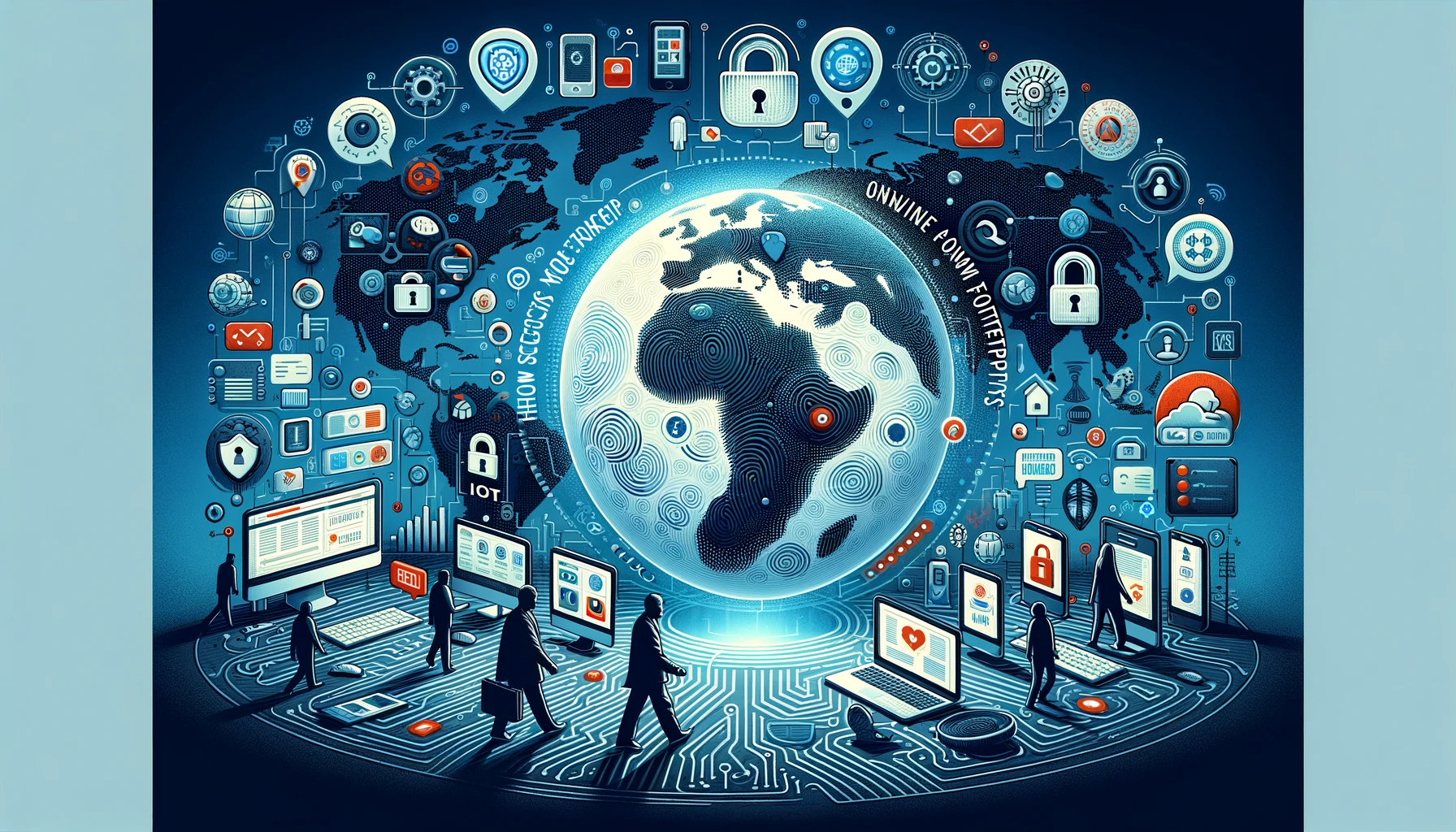In a world where digital interactions are part of our daily lives, cybersecurity has become a top priority for everyone from individuals to big corporations and governments. As cyber threats become more advanced, our defenses must improve just as quickly. This is where Large Language Models (LLMs) come into play. These models, which are trained on vast amounts of text and code, have the power to transform many fields, including cybersecurity. However, their use presents both great opportunities and significant challenges.
The Potential of LLMs in Cybersecurity
Enhanced Threat Detection
LLMs can significantly improve how we detect threats. By analyzing large volumes of data, these models can identify subtle patterns and anomalies that might signal a security threat. For example, they can monitor network traffic, logs, and user behavior to spot unusual activities that might indicate a cyberattack. They can also gather intelligence from various online sources, understanding complex threat descriptions and connecting information from different places, leading to faster and more accurate threat detection.
Phishing Detection: Phishing attacks, where attackers pose as legitimate entities to steal sensitive information, are becoming more common and sophisticated. LLMs can analyze the content of emails and web pages to assess their authenticity, flagging deviations from normal communication patterns that might indicate phishing attempts.
Automated Incident Response
When a security incident happens, the speed of the response can greatly affect the outcome. LLMs can automate various incident response tasks such as triaging alerts, creating incident reports, and suggesting remedial actions. This reduces the time it takes to respond, minimizing the potential damage of cyberattacks. Automation ensures that even without human oversight, preliminary steps to contain the threat are taken quickly.
Security Policy and Compliance Automation
LLMs can help organizations stay compliant with security standards and regulations by automating the creation and review of security policies. They can keep documents up-to-date with the latest legal requirements and security protocols, reducing the administrative burden on security teams.
Vulnerability Assessment and Patching
By analyzing code repositories and security advisories, LLMs can help identify vulnerabilities in software and suggest patches. This helps prioritize patching efforts, reducing the risk of exploitation.
Reducing Human Error
Human error is a significant factor in many security breaches. LLMs can reduce this risk by automating routine tasks and decision-making processes, thereby minimizing the chances of mistakes that could lead to security lapses.
Challenges in Implementing LLMs
While LLMs offer many benefits, there are also several challenges to consider:
Adversarial Attacks
LLMs are vulnerable to manipulation by malicious actors. In cybersecurity, this could lead to false negatives (missed threats) or false positives (incorrect alerts), reducing the effectiveness of security measures.
Data Privacy
Using LLMs often involves handling large amounts of sensitive data. Ensuring that this data is processed securely and in compliance with privacy laws is crucial to maintaining trust and legal compliance.
Dependence on Training Data
LLMs are only as good as the data they are trained on. If the training data is incomplete or biased, the model’s performance will suffer. In cybersecurity, this could result in missed threats or incorrect assessments.
Ethical Considerations
The use of LLMs in cybersecurity raises ethical concerns, such as the potential for misuse by malicious actors or the automation of tasks that could lead to job displacement. It is important to consider these ethical implications carefully.
Looking Ahead
Despite the challenges, the future of LLMs in cybersecurity is promising. As these models continue to evolve, they will become even more effective in understanding and mitigating complex cyber threats. Here’s a quick summary of what we can expect:
- Better Threat Detection: With continuous learning, LLMs will get better at identifying new and sophisticated threats.
- More Automation: Routine security tasks will become increasingly automated, freeing up human experts to focus on more complex issues.
- Improved Compliance: Keeping up with changing regulations will become easier with automated policy updates.
- Enhanced Security: As vulnerabilities are detected and patched more efficiently, overall cybersecurity will improve.
Conclusion
Large Language Models are changing the game in cybersecurity. They enhance threat detection, automate responses, and reduce human error, making them indispensable in our digital world. While there are challenges to overcome, the benefits they offer make them a crucial part of the future of cybersecurity. As technology advances, the role of LLMs will only grow, making their study and development a key priority.
















